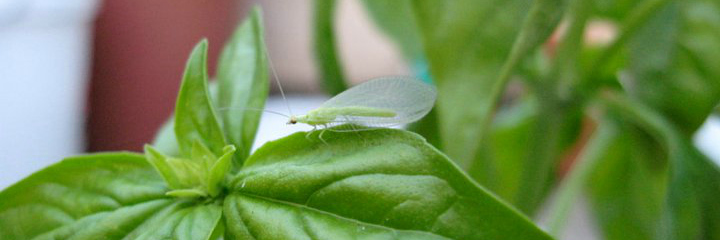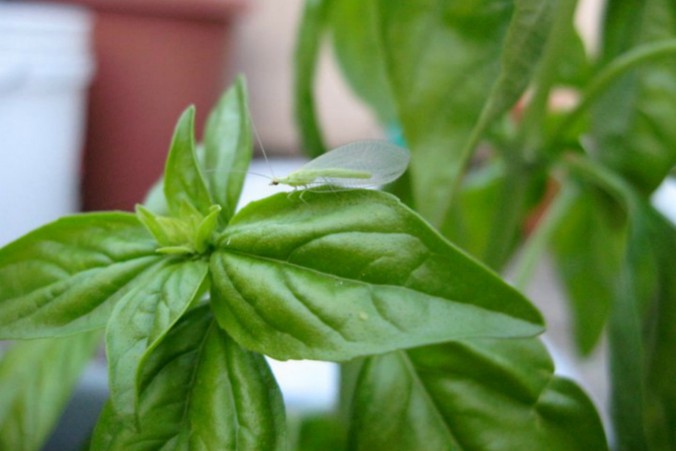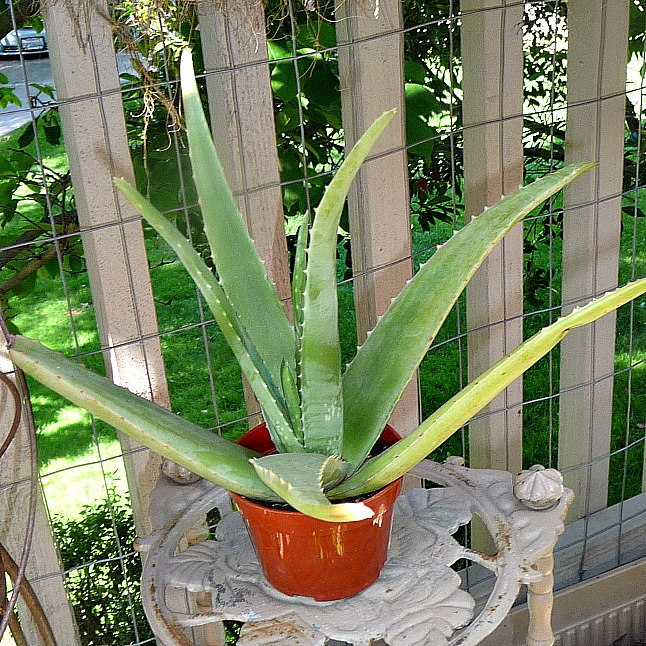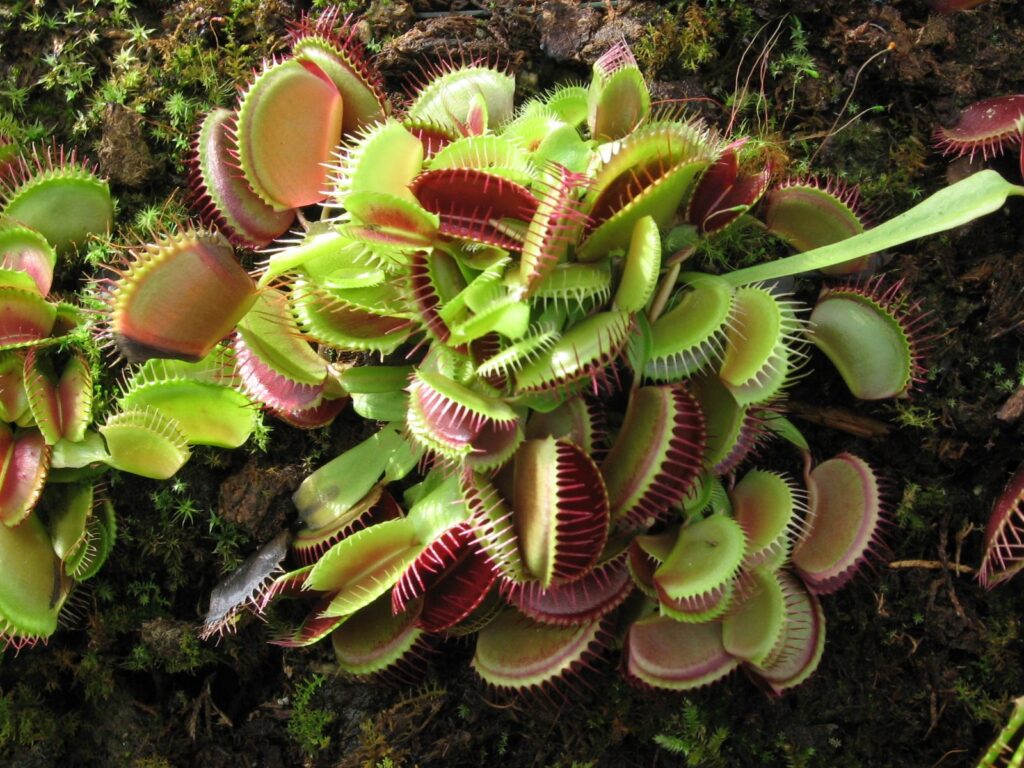Beneficial Insects

Beneficial insect is a broad term used to refer to any type of critter in your garden that pollinates flowers and/or eats other critters that harm garden plants. Included among beneficials are spiders, crustaceans (pillbugs, milipides and sowbugs) and opiliones.
It’s important to recognize beneficial insects and spiders in their various life stages, as eggs, larvae and adults, so you don’t inadvertently squish them. Examples of beneficial insects are assassin bugs, spiders, praying mantids, opiliones, lacewings, ladybird beetles, bees, most wasps, moths, butterflies, and many types of flies.
It may surprise you to read that many wasps and flies are beneficial insects. Most wasps cannot sting and are actually predatory pollinators that prey on garden pests. Many flies are pollinators that help produce food and flowers in your garden.
What’s a Bad Bug*?
A bad bug is a term used to label bugs that causes harm or annoyance to people, their pets or the landscape. This is especially true in the garden when large pest populations eat more than their fair share. Just remember, if you use pesticides in the garden, you will kill beneficial insects and spiders. Try to wait and let the natural predators eat the bad bugs. Keep in mind that a balance between pests and predators is important.
*for those who understand the differences between bugs and insects, I apologize for my simplification of terms. For those of you who are curious, a bug is an insect that has sucking mouthparts and is in the Order Hemiptera. Examples are aphids, assassin bugs, milkweed bugs, scale, etc.
Also, sadly many “good” bugs eat each other. Praying mantis and assassin bugs do not differentiate and will snack on bees and ladybugs. That’s just the way the garden web works!
How to Identify Beneficial Insects and Pollinators
You may be familiar with ladybird beetles, but can you identify their eggs and larvae? Many critters look nothing like their adult form. Use the online resource list to help you identify common beneficial critters like syrphid flies, lacewing larvae, assassin bugs, tachinid flies, opiliones and parasitic wasps.
Pesticides & Beneficials
If a pest control company regularly sprays your yard, you may have a lot of “bad” bugs chomping on your plants. This is because the chemicals wipe out spider populations, leaving the bad bugs free to overpopulate. Spiders are fantastic predators and voracious pest eaters.
How to Attract Beneficial Insects and Pollinators
If you want to encourage beneficial insects and pollinators in your garden, you’ll need to make your garden a more hospitable place. Here are some of the simple things you can do in your garden to create an attractive habitat for the “good” bugs:
- Food: read Plants that Attract Beneficial Insects from Farmer Fred
- Water: put out shallow water dishes filled with gravel/pebbles and water
- Shelter: plant cover crops like fava beans where beneficials can overwinter. Mulched ground as well as bare ground provides shelter for various types of beneficial insects.
- Avoid pesticides: these chemicals kill beneficial insects and pollinators along with the “bad” bugs
Should I Buy and Release Beneficial Insects?
There are sources of ladybird beetles and praying mantid egg cases at local nurseries and garden centers, as well as beneficial nematodes (considered an animal). You can find other kinds of parasitic insects online for sale. Buyers should be aware that not all stores follow directions to keep their beneficial insects healthy. Learn more about the beneficial insect you want to release in your garden before making a purchase.
Here’s an excellent article from the University of Wyoming about purchasing ladybird beetles.
Web Resource Identification Links
- Bug Guide: This is a great place to start if you are new at beneficial bug identification.
- UC IPM Beneficial Predators: This website has images of common beneficial predators as eggs, pupa and adults.
- The Xerces Society: Excellent resource to help you learn about pollinator conservation and how you can help.
- Attracting Pollinators to Your Garden: This is a helpful pamphlet by US Fish and Wildlife Service.






